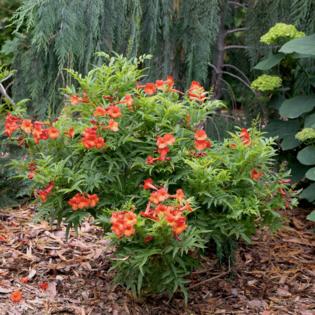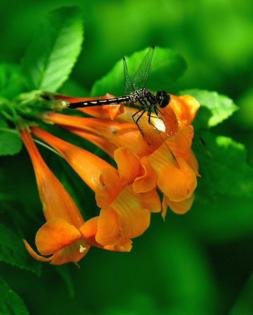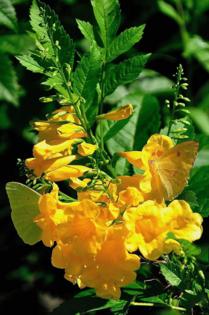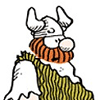On Gardening: Chicklet Gold Esperanza brings beauty and pollinators
Published in Gardening News
Your landscape will strike gold with this year’s new Chicklet Gold Esperanza. Though I am writing about Chicklet Gold, let's spill all the beans and tell you that Chicklet Red will make its debut in 2026.
So, if you think about the Chicklet Esperanza colors Orange, Gold and Red, you get the idea of the Chiclet chewing gum colors that many of us fell in love with when we were kids. Perhaps that is where the name of the series comes from despite the spelling differences.
On the other hand, is it possible that these Esperanza got their name from their habits, which are a little more compact than the typical Tecoma found in their native habitat. I should explain that the Gold and Red varieties are known botanically as Tecoma stans and the Orange is Tecoma fulva. So, by being a little more compact they might be like chicks in their stature.
Let’s unpack a little more of the taxonomy. Tecoma stans are native to Texas, New Mexico, Arizona, Florida and Mexico. If you’ve seen these areas, you realize how tough and persevering they are.
The Tecoma fulva or orange is native to a small area of Florida, and the tropics to South America. All are rated as zones 8-11 but are worth every penny if grown as an annual or as the thriller in a container and protected like you do a hibiscus, citrus or even a fern.
So, let’s go deeper on this year’s newest variety, which is Chicklet Gold. You will quickly notice the color is really a yellow gold, hence the common names yellow bells, yellow trumpet bush and yellow elder. The tag reads 3-6 feet tall but in frost-free areas, I see the possibility of going a little taller especially if never cut back.
Chicklet Gold is probably best considered semi-deciduous in zone 8 and evergreen in warmer regions. It blooms on new wood; hence it is a rebloomer and a reliable one. You are almost always assured of seeing blooms throughout the growing season. Heaviest in the initial flush, which lasts a long time, and then it is like you are seeing continuous yellow bouquets with striking green foliage throughout the summer and fall.
So, Chicklet Gold will drop its leaves in zone 8 and winter will do its thing. Some winters will be more of a thing. Let the spring return of growth tell you where to cut back. If you suffer little cold damage, you may still want to cut back to 3 feet to keep a nice shrubby look.
If you are growing in containers in zones 7 and colder where you will be tucking in a garage, basement or even indoors, the transition to deciduous is your friend. Don’t forget that in much of their native habitat they are growing in something that looks like the moon. So, you don’t have to fret about a watering regimen. A little to keep your anxiety down will be appreciated.
It seems everything makes a nice companion with the yellow gold trumpet flowers. Before you choose, know that Chicklet Gold is a pollinator magnet. Butterflies, bees and hummingbirds love the large tubular blossoms. Rockin salvias, Vermillionaire cuphea and the new Prairie Princess Ironweed should be a marriage made in gardening heaven. Believe me, this is just a tiny sampling.
Choose a site with plenty of sun. Fertile well-drained soil and your artistic imagination with combinations will make you the happiest of gardeners when you plant your Chicklet Gold Esperanza.
____
(Norman Winter, horticulturist, garden speaker and author of “Tough-as-Nails Flowers for the South” and “Captivating Combinations: Color and Style in the Garden.” Follow him on Facebook @NormanWinterTheGardenGuy.)
(NOTE TO EDITORS: Norman Winter receives complimentary plants to review from the companies he covers.)
©2025 Tribune Content Agency, LLC













Comments